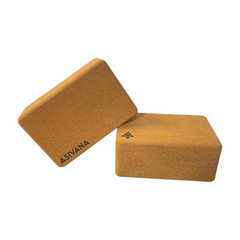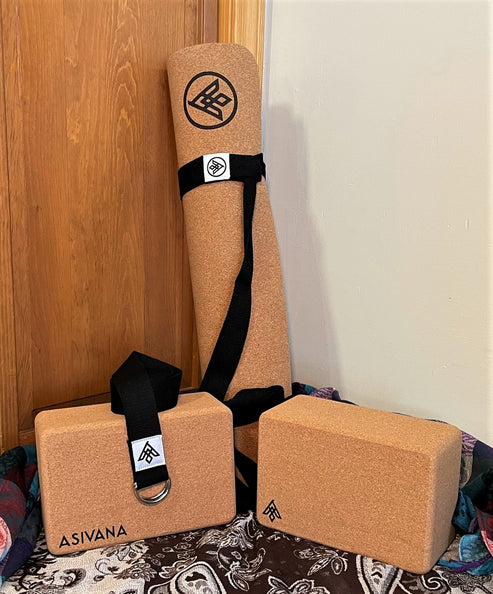What is Postnatal Yoga?
Jack UtermoehlShare
Postnatal yoga is a gentle and restorative style designed specifically for individuals recovering from childbirth.
This practice helps rebuild strength, stability, and confidence while offering emotional support through mindful movement and breath. It honors the profound transformation that takes place after pregnancy and provides a safe path for healing—both physically and emotionally.
What makes Postnatal yoga distinct is its focus on areas most impacted by pregnancy and delivery: the pelvic floor, core muscles, posture, and nervous system.
It supports hormonal balance, reduces stress, and creates space for reconnecting with one’s body after birth. Many postnatal yoga classes also encourage bonding with baby, often including mother-baby sequences, making it a nurturing experience for both.
Origins of Postnatal Yoga
Postnatal yoga developed as a specialized adaptation of traditional yoga, blending the therapeutic aspects of restorative yoga, hatha yoga, and gentle yoga.
Influenced by midwifery, Ayurveda, and contemporary pelvic health science, this practice evolved to support postpartum recovery with sensitivity and care.
Its philosophy is centered around wholeness and reconnection—helping new parents recover strength, reclaim personal space, and develop emotional resilience during a time of dramatic change.
The practice acknowledges the vulnerability of the postpartum phase and emphasizes mindful restoration over performance.
Yoga Essentials for Your Practice
Support your yoga journey with high-quality, sustainable props designed for comfort and stability.

Crafted from eco-friendly cork for durability and a comfortable practice.
$24
Shop Now
Includes everything you need to get started: a mat, blocks, and a yoga strap.
$120
Shop NowPostnatal Yoga Practice
Practices typically begin six weeks postpartum (with healthcare provider clearance) and may continue for months or even years as the body heals and adapts. Sessions often include:
- Pelvic Floor Exercises: Gentle engagement and awareness-building to restore tone and support internal organs.
- Breathwork: Techniques such as diaphragmatic breathing and guided pranayama to calm the nervous system.
- Gentle Core Work: Practices to gradually rebuild core integrity and address diastasis recti (abdominal separation).
- Spinal Mobility: Movements to counteract feeding posture, tension, and physical fatigue.
- Emotional Support: A safe space for grounding, centering, and reflection, often supported by meditation and affirmations.
Common Poses: Pelvic Tilts, Cat-Cow Stretch, Supported Child’s Pose, Gentle Twists, Seated Forward Fold, Bridge Pose (with props)
Postnatal Yoga Suitability
Experience Level: Beginner-Friendly (No Prior Experience Needed)
Physical Demand: Gentle Movement
Mind-Body Engagement: Mindful & Gentle
Adaptability: Highly Adaptable (For All Needs and Abilities)
Focus Area: Core Recovery, Pelvic Health, Emotional Balance
Notes on Postnatal Yoga
Postnatal yoga supports the transition into motherhood with compassion and skill
It helps rebuild functional strength, restores confidence in movement, and provides tools for managing stress and sleep deprivation. It may also help reduce symptoms of postpartum depression, anxiety, and overwhelm by fostering presence, calm, and self-compassion.
This is not just about “bouncing back”—it’s about moving forward with intention, support, and connection.
Similar Styles
Prenatal Yoga, Gentle Yoga, Restorative Yoga, Therapeutic Yoga, Hatha Yoga
Equipment Needed
Required: Yoga Mat
Nice to Have: Yoga Blocks, Bolster, Yoga Strap
Optional: Yoga Blanket, Eye Pillow
References
Yoga for a Healthy Lower Back by Liz Owen and Holly Lebowitz Rossi
Postnatal Yoga: Strengthening Body and Spirit After Birth by Françoise Barbira Freedman






